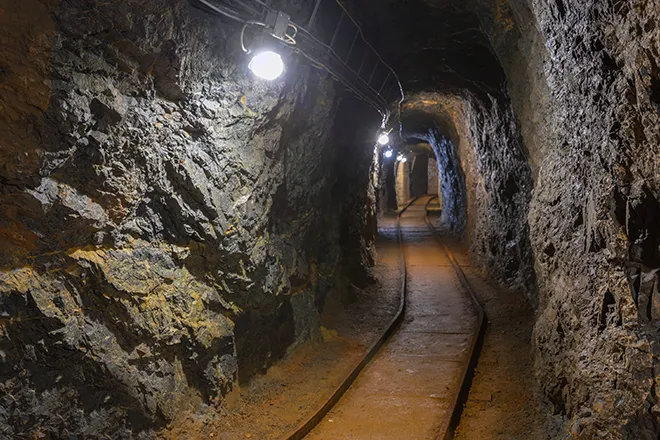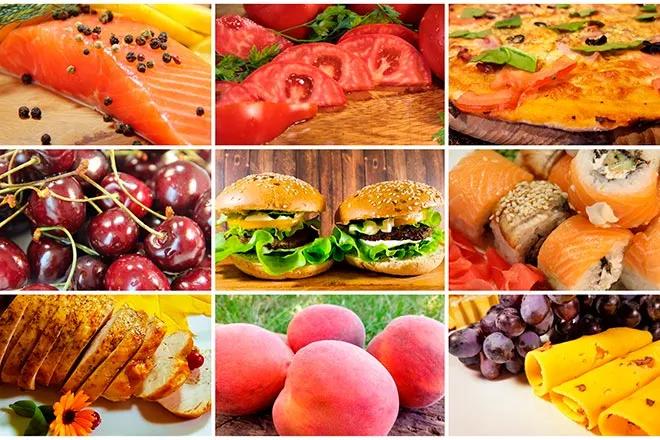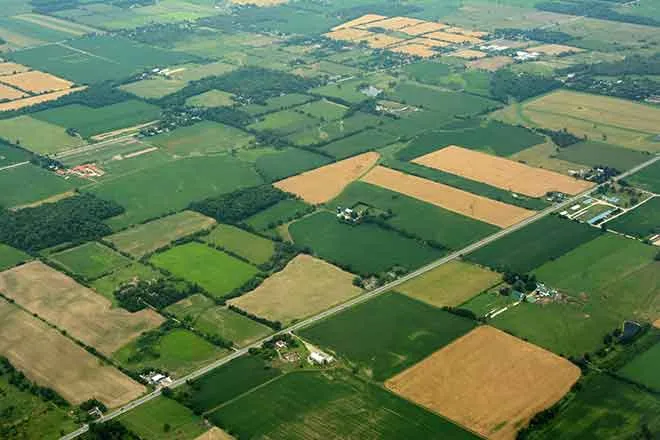
Colorado's pandemic SNAP success offers model for farm bill
(Colorado News Connection) Colorado is the eighth most-improved state at ensuring SNAP food assistance reaches its most vulnerable residents, according to new rankings from the U.S. Department of Agriculture.
Anya Rose, public policy manager for Hunger Free Colorado, said the improvements are largely due to more meaningful benefit levels and cuts to red tape during the pandemic, along with strong outreach work.
She hopes Congress will take such key factors into account as it considers the Farm Bill, which includes the program formerly known as food stamps.
"We're hoping that some of these lessons, of what works for making sure that SNAP has the best impact it can, will be taken up in the Farm Bill," Rose explained. "To ensure SNAP can feed people as best it can and is accessible to people."
Hunger Free Colorado works with community partners across the state to get more people who qualify for food assistance enrolled. But after pre-pandemic SNAP work reporting requirements were reinstated, at least half a million Americans are expected to lose food assistance, according to the Center on Budget and Policy Priorities. An additional 750,000 are at risk after the debt-ceiling negotiations raised the age cap for reporting requirements to 55.
The majority of SNAP participants are children and people with disabilities, and Rose pointed out most people who can work, do. She added having to fill out paperwork documenting at least 20 hours of work or training activities per week does nothing to help people find or maintain employment, it just makes the program more costly to administer.
"Taking away someone's food does not make it easier to hold down a job, or go to that job interview," Rose contended. "It just creates more red tape for people to access the basic resources that they need."
In 2017, SNAP added more than $700 million to local Colorado economies, with an overall economic impact of $1.25 billion, but the state loses more than $230 million each year in grocery sales by not having all eligible residents enrolled. Rose noted back in 2019, just 59 percent of Coloradans eligible for SNAP got assistance.
"With the 2021 numbers, we've jumped up to 73 percent," Rose acknowledged. "That is a great improvement. But there are still 27 percent of our lowest-income Coloradans not accessing the program, so there is still a lot of room for us to continue this growth."















